Starting a landscape for veggies requires plenty of work, including selecting which veggies to produce, purchasing seedlings, and designing the real yard area. Naturally, virtually nothing compares to the well-organized lines of classic elevated landscape lodgings, where each detail is arranged and cultivated in a systematic way. However, there are instances when you just lack the room.
If you reside in a residence with a tiny outdoor space, a condominium, or a rental property with a terrace, you will need to be slightly more imaginative in order to keep your landscape useful and, presumably, visually pleasing. Thankfully, there are designs for veggie gardens that work for every sized landscape.
Here are some of the greatest layouts, materials, and advice to help you create a more profitable veggie landscaping pattern. Next, get to work excavating!
Arrange a Vegetable Garden:
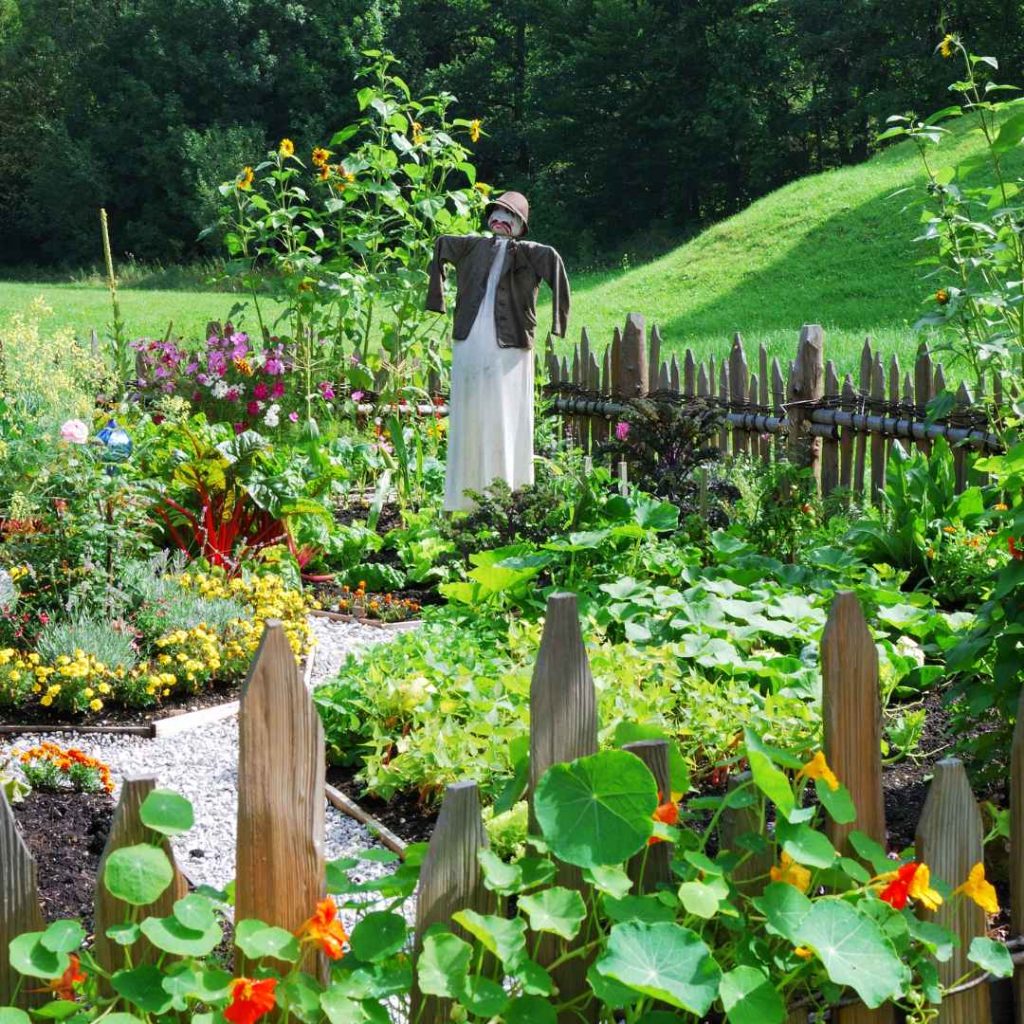
If you’re looking for a distinctive yet oh-so-pretty approach to brighten up your outdoor space, we propose establishing a portage landscape, occasionally referred to as a French yard. Spreading pebbles among your vegetable-filled bed of gardening is part of this concept. In addition to adding a pleasing appearance, cobblestone also keeps your landscape marijuana- and pest-free.
Give Chance To a Square Foot Garden:
You might try square-foot landscaping to fully maximize the area you have. For novices in particular, the Securities and Exchange Commission gardening techniques are excellent for backyard growers with limited space.
Generally, you will begin with an elevated landscaping bed that is two by two feet and split into one-foot sections with a framework. After that, you’ll sow the proper amount of veggies in every section or square.
Associated Vegetable Colors:
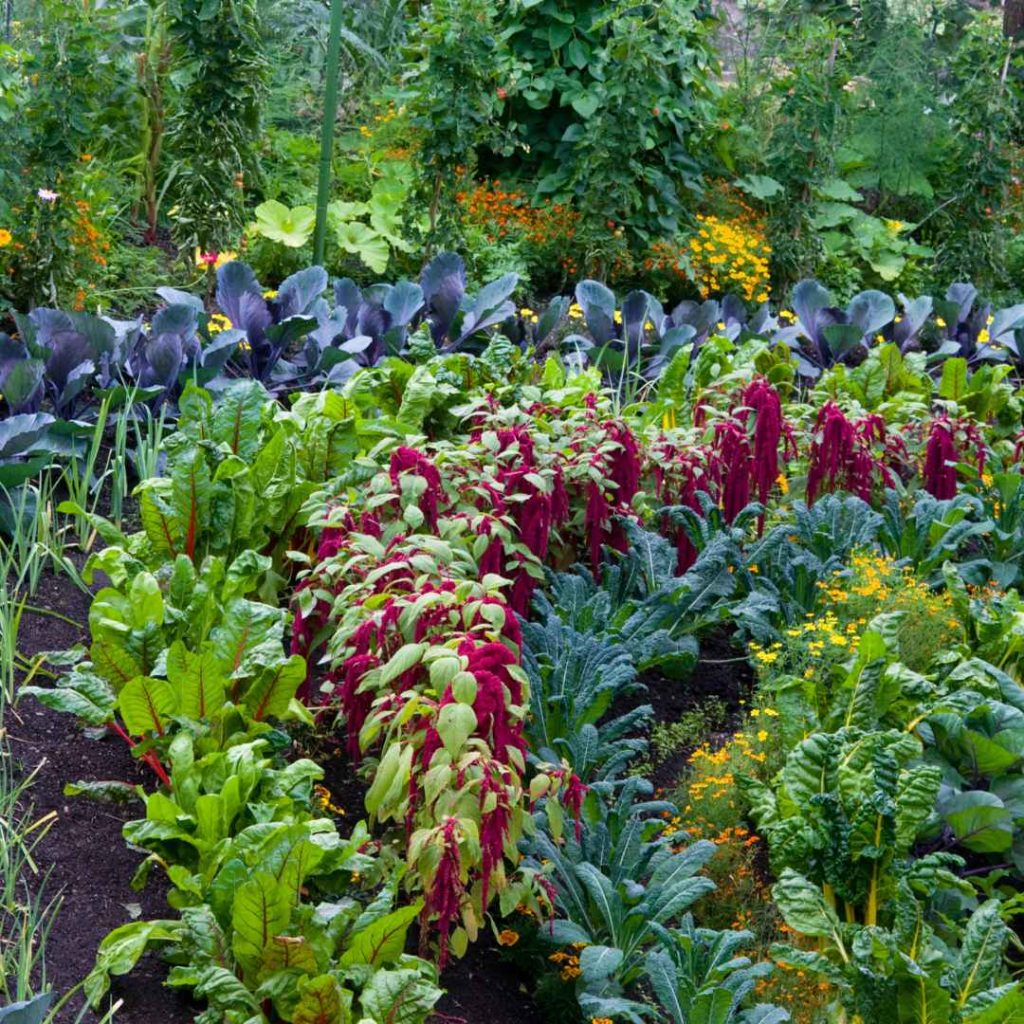
Furthermore, veggie landscaping, hue matching is perpetually pleasant on the senses! There are also multiple approaches to it. Select an ornamental effect, arrange them in sections according to shade harmony, and additional information. Their patches can be based on the hues that reflect their foliage or the veggies that will shortly grow.
Establish a Kitchenette Garden:
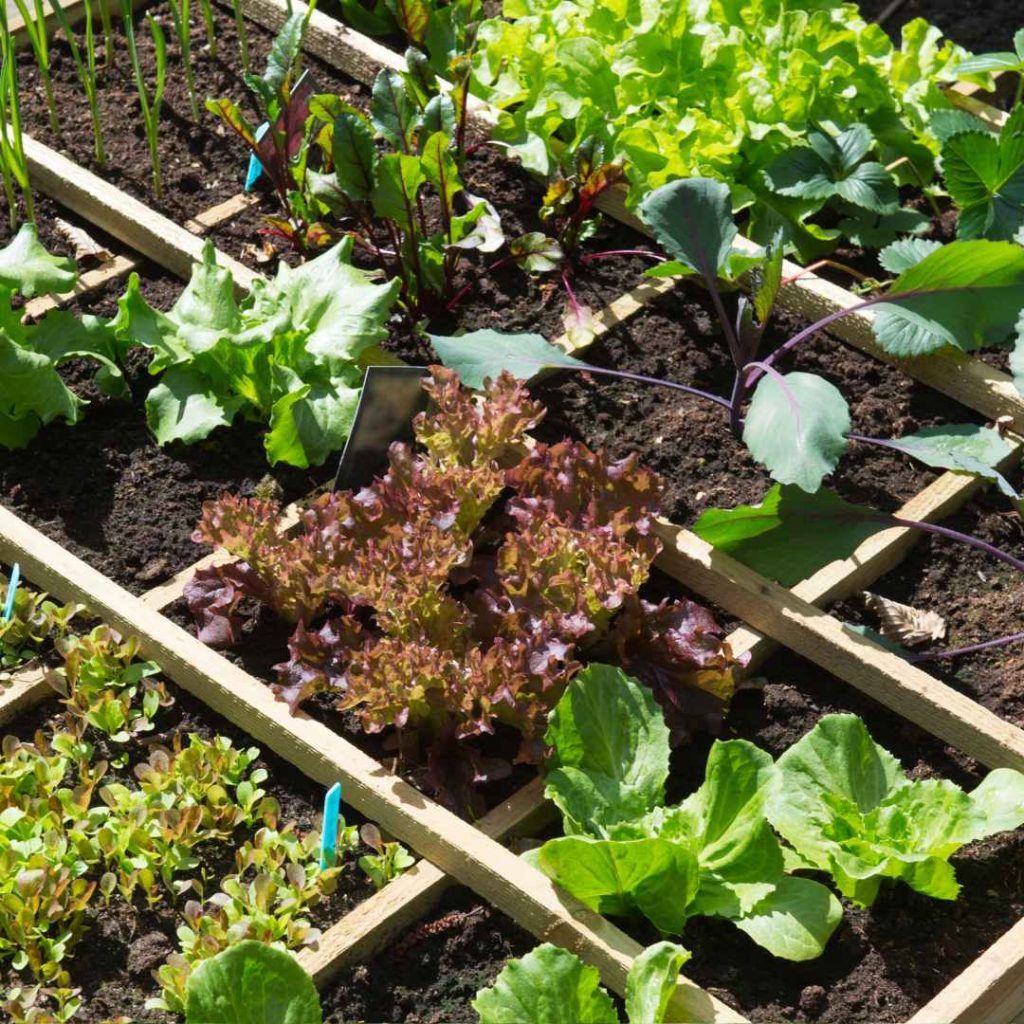
In a landscaped area a short distance from your house, combine herbal products, green vegetables, and root varieties to simplify preparing food with new products. For the pollinating organisms you may additionally scatter with edible blooms. For this notion, to ensure a steady source of newly harvested meals, you ought to transplant as the growing period progresses.
Build a Protected Landscape:
You may have a terrific landscaping practice and immediately boost the appearance of your outdoor area with a fenced-in patio. If carried out correctly, this may even deter animals from eating your vegetables.
Consider using an amalgamation of progressive hog wiring frames and zinc-plated hardware gauze for locking out bunnies, squirrels, and sometimes goats.
Hang Planting Vegetables In Pots:
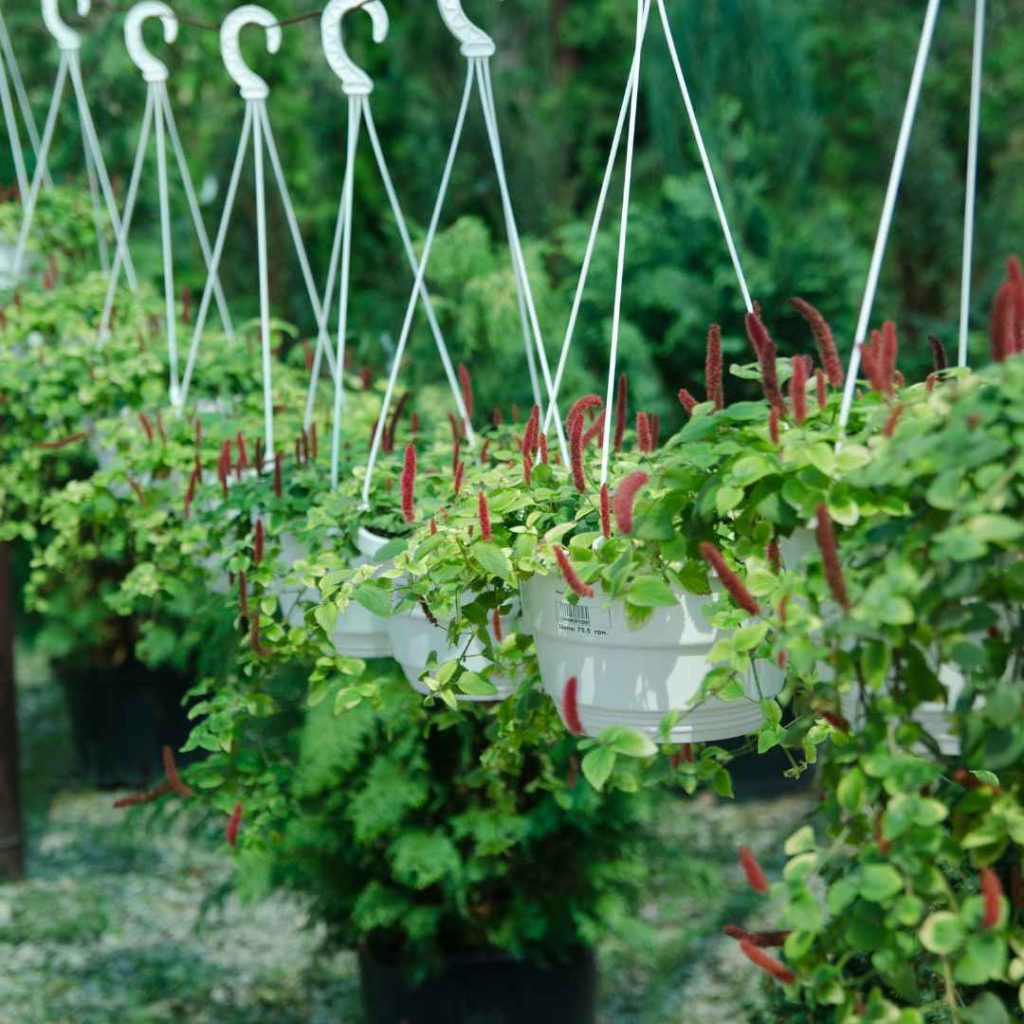
Too little room? Consider using numerous dangling containers; they perform great for a wide variety of foods, such as leafy greens, medicinal plants, and berries. Additional benefits: it prevents landscape critters like rabbits away from what you’re growing!
Establishing a Pyramid Garden:
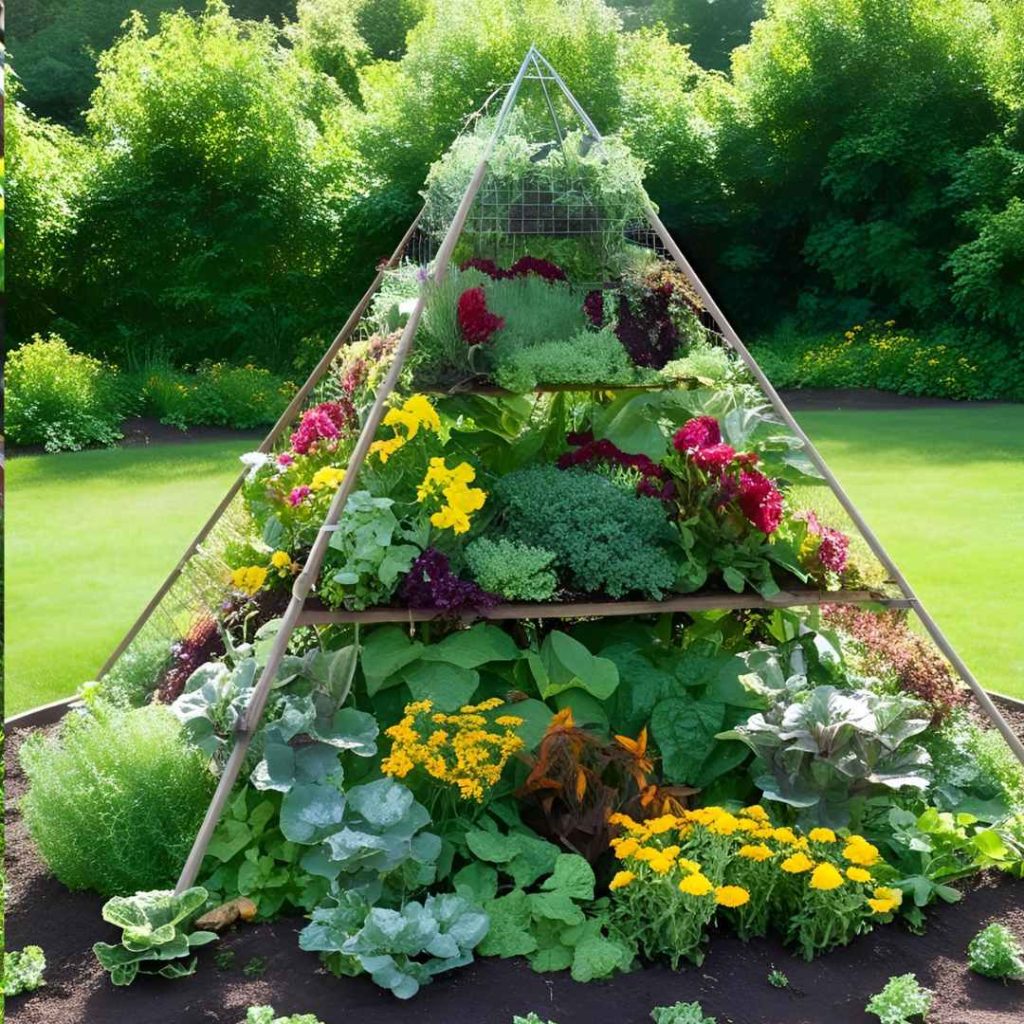
Modified ladders are the ideal way to support numerous perennial plant containers without occupying up an excessive amount of room on the porch or veranda. As seen above, it can also hold pitchers and window frames of various shapes for a lovely and eye-catching exhibition.
Interplant Foodstuffs With Blossoms:
If you don’t possess a designated gardening structure, consider planting foodstuffs along your blossoms. You can generally find spots in your landscape to nestle in attractive perennials like nasturtium plants and Swiss chard, as well as the regional hummingbirds will appreciate it!
Sort Them Into Neat Lines:
A fairly conventional arrangement is this one, and it looks great! Compact arrays of cold-weather-tolerant vegetation, like spinach, can be planted; when the summer heat arrives, pluck the young leaves out before they develop into seed. Recolonize chickpeas or another heat-loving vegetation in the identical spot.
Expand Them Using a Trellis Designs:
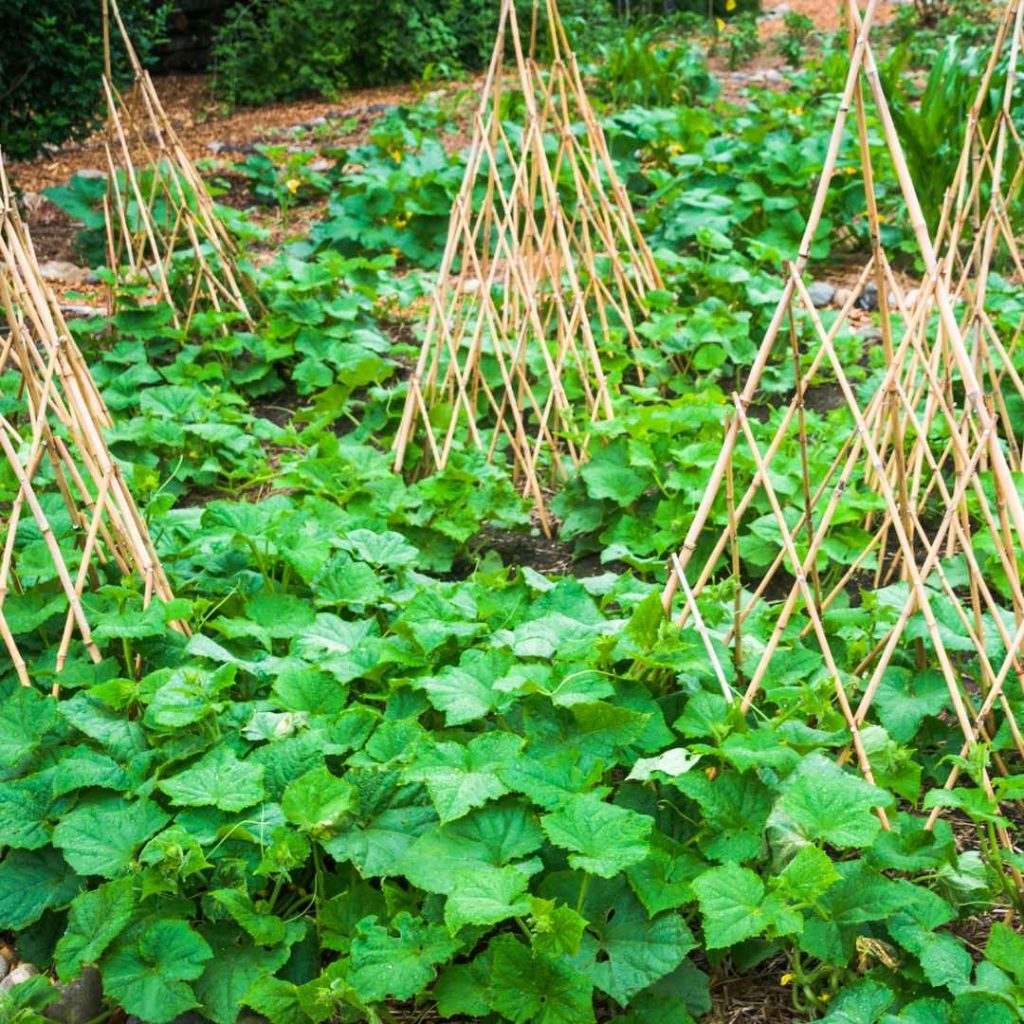
There’s never a bad place to expand up. In addition, some vegetables, including cukes and zucchini, grow more effectively and are less susceptible to illness when supported vertically (because of improved air movement).
Cultivate Herbs In Containers:
Arrange containers of various measurements on the steps that go to your house. The main advantage is that every sprout obtains a unique receptacle so that there’s no fighting for nourishment or humidity.
Consider Raising Companions:
Numerous landscapers think that establishing specific vegetation groupings simultaneously has a mutually advantageous effect, drawing helpful creatures while deterring harmful ones. Here, nutritious signature marigolds are interspersed with cauliflower to create a visually pleasing and useful arrangement.
Build Elevated Beds:
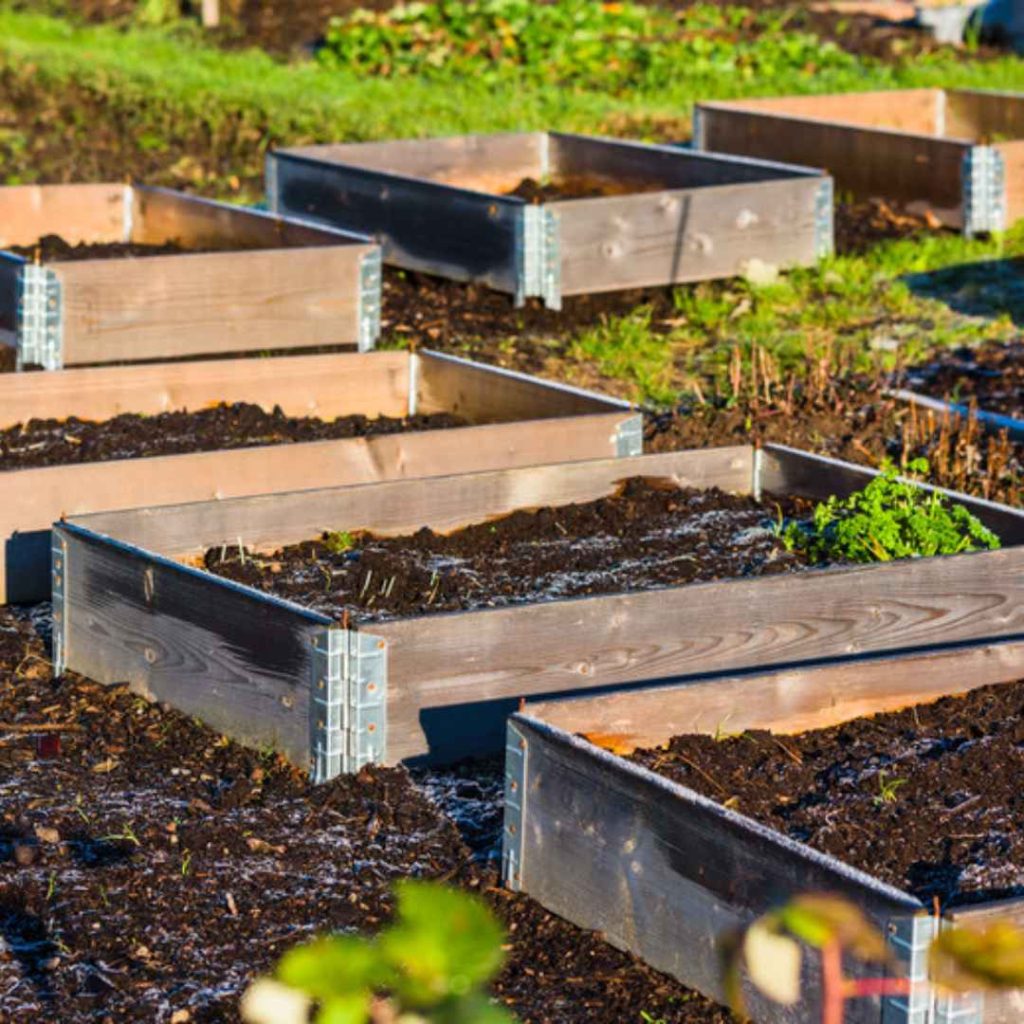
The greatest solution for bad soil is to use elevated gardening beds, which also heated up a little quicker in the springtime than the soil underneath. You may buy one or home improvement one using hardwood (don’t utilize pressure-treated, this might transfer contaminants) or building materials paving rocks.
